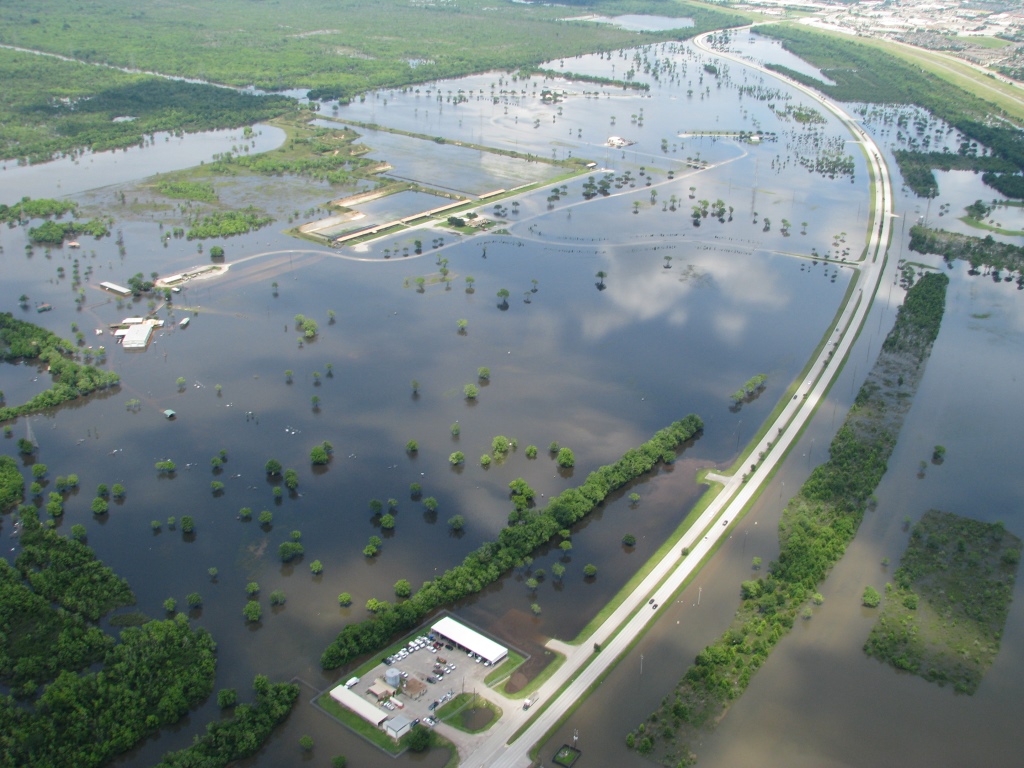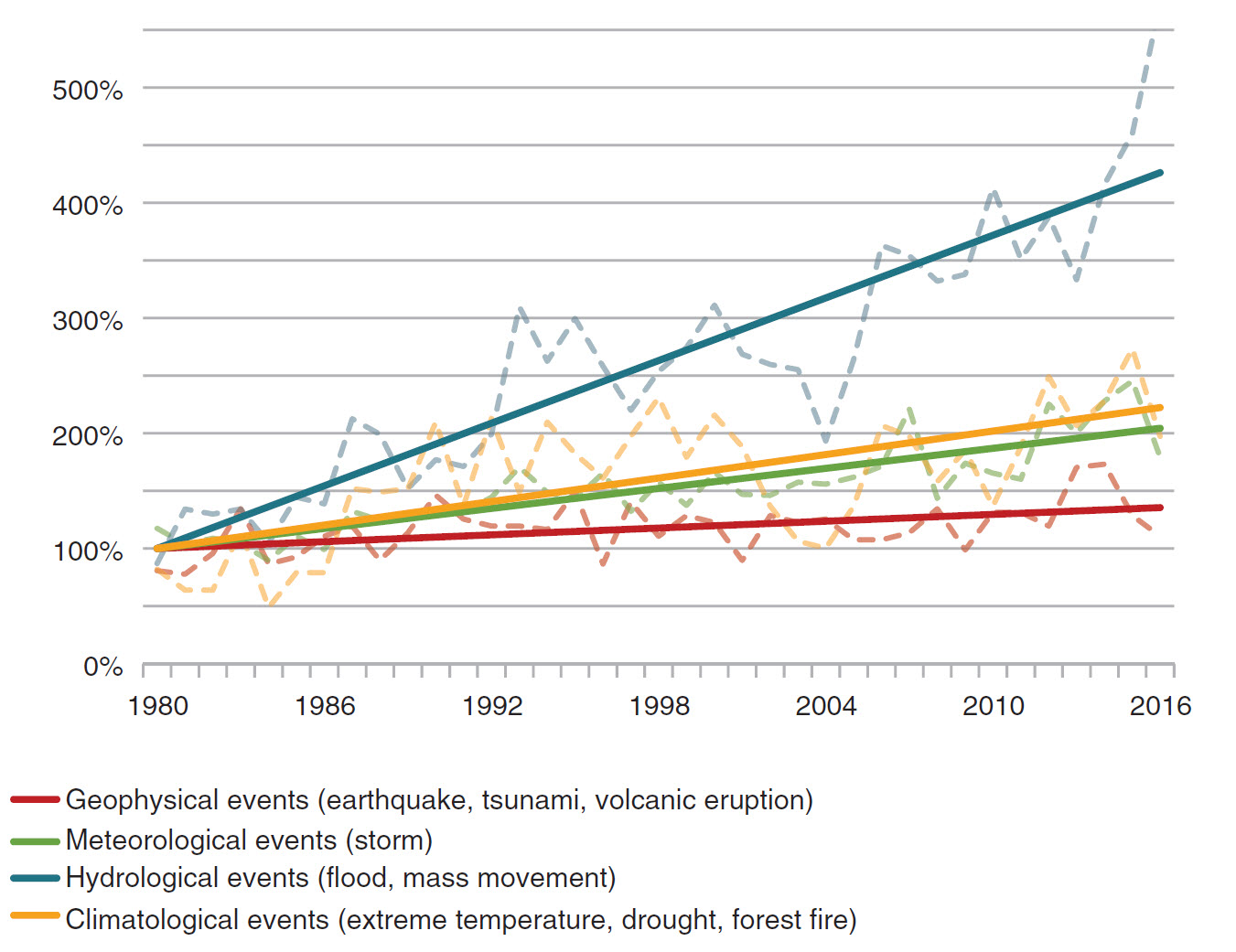For wastewater operators, heavy rainfall makes for a busy day on the job. It starts when stormwater infiltrates defects in sanitary sewer pipelines or rushes into combined sewers. Excess inflow can overflow collection sewers and lead to the unintentional release of untreated wastewater.
Even if stormwater inflow does not cause overflows, operators may face basement flooding, reduced capacity in collection sewers, excessive pumping requirements, and equipment demands, McCormack said.
During the session, speakers will discuss a number ways operators can manage wet weather flows in collection systems, ranging from predictive modeling to pipeline rehabilitation.
Some larger cities have thousands of miles of aging pipelines, so with limited budgets, it is important to prioritize which ones should be rehabilitated, and afterward, to monitor the effectiveness of rehabilitation in reducing wet weather issues. Presenters will cover these topics as well as other creative ways of improving wet weather management, such as adding a public outreach component.
According to presenters from the Louisville and Jefferson County Metropolitan Sewer District (Louisville, Ky.), notification of potential sewer overflow locations and risks can improve community safety. Public outreach also can make communities more supportive of investment needs and increase awareness and participation in reducing overflows. For example, residents can conserve water during heavy rainfall, capture stormwater, rehabilitate private laterals, and properly dispose of fats, oils, and greases, which clog sewer systems.
The session also covers control programs for disinfecting or treating overflows. If pathogen removal is the primary objective, contact tanks can provide disinfection. For sediment removal, there are other control devices such as swirl concentrators, or baffles for solids and floatables.
Click here to get details, register, or purchase the proceedings after Collection Systems 2011.






